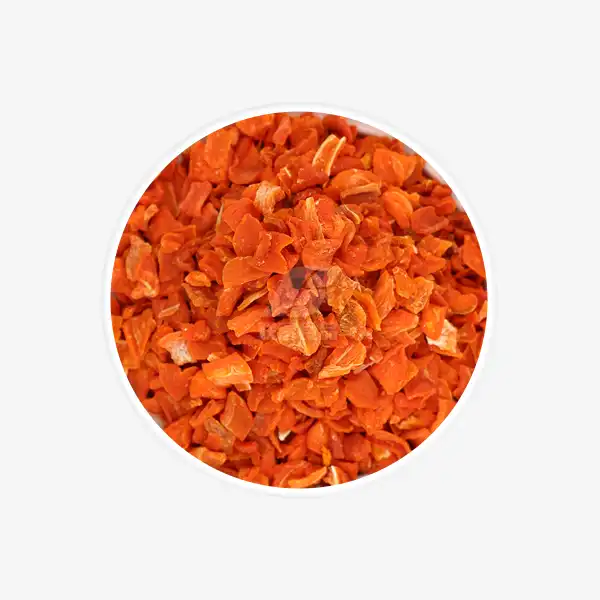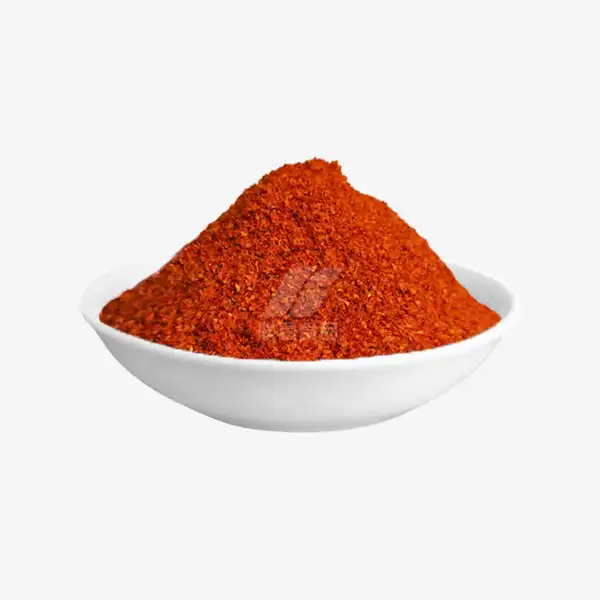Best Practices for Storing Dehydrated Garlic Scapes
Dehydrated garlic scapes are a flavorful and versatile ingredient that can add a delightful garlic essence to various dishes. However, to maintain their quality and potency, proper storage is crucial. In this comprehensive guide, we'll explore the best practices for storing dehydrated garlic scapes, ensuring you can enjoy their unique flavor for months to come.
How to Preserve Dehydrated Garlic Scapes Freshness?
Preserving the freshness of dehydrated garlic scapes is essential to maintain their flavor and nutritional value. Here are some key strategies to keep your garlic scapes in optimal condition:
Choose the Right Container
Selecting an appropriate container is the first step in preserving your dehydrated garlic scapes. Opt for airtight containers made of glass or food-grade plastic. These materials help prevent moisture and air from entering, which can lead to spoilage or loss of flavor. Mason jars with tight-fitting lids are an excellent choice, as they provide a secure seal and are easy to clean.
Remove Excess Air
Before sealing your container, it's crucial to remove as much air as possible. Excess air can introduce moisture and potentially lead to mold growth. You can use a vacuum sealer for the best results, or simply press out the air manually before sealing the container.
Use Desiccants
Consider adding food-grade desiccant packets to your storage containers. These small sachets absorb any residual moisture, further protecting your dehydrated garlic scapes from humidity. Silica gel packets are a popular choice, but ensure they are food-safe and keep them separate from direct contact with the scapes.
Label and Date
Proper labeling is often overlooked but is crucial for effective storage. Clearly label your containers with the contents and the date of dehydration. This practice helps you keep track of your inventory and use the older batches first, ensuring nothing goes to waste.
Regular Checks
Periodically inspect your stored garlic scapes for any signs of moisture or mold. If you notice any issues, remove the affected portions immediately to prevent spread. Regular checks allow you to address any storage problems before they compromise your entire batch.
Optimal Storage Conditions for Garlic Scapes Powder
Creating the ideal environment for storing your dehydrated garlic scapes powder is crucial for maintaining its quality over time. Let's delve into the optimal conditions that will help preserve the flavor and nutritional value of your garlic scape powder.
Temperature Control
Temperature plays a significant role in preserving dehydrated garlic scapes. Aim to store your garlic scape powder in a cool, dry place with a consistent temperature between 60°F and 70°F (15°C to 21°C). Avoid areas prone to temperature fluctuations, such as near ovens or windows that receive direct sunlight.
Humidity Management
Low humidity is crucial for maintaining the quality of dehydrated garlic scapes. Ideally, the relative humidity should be below 60%. High humidity can lead to moisture absorption, potentially causing clumping or mold growth. If you live in a humid climate, consider using a dehumidifier in your storage area or adding more desiccant packets to your containers.
Light Protection
Exposure to light, especially direct sunlight, can degrade the quality of your garlic scape powder over time. Store your containers in a dark place or use opaque containers to protect the powder from light. If using clear glass jars, keep them in a cupboard or pantry away from light sources.
Freezer Storage Option
For long-term storage, consider freezing your dehydrated garlic scapes powder. Freezing can significantly extend the shelf life while preserving flavor and nutritional content. Use freezer-safe containers or vacuum-sealed bags to prevent freezer burn. When ready to use, allow the powder to come to room temperature before opening to prevent moisture from condensing inside the container.
Bulk Storage Considerations
If you have a large quantity of garlic scape powder, consider dividing it into smaller portions for storage. This approach allows you to open only what you need, keeping the rest sealed and protected. Use smaller airtight containers or vacuum-sealed bags for portioning.
Common Mistakes to Avoid When Storing Garlic Scapes
Even with the best intentions, it's easy to make mistakes when storing dehydrated garlic scapes. Being aware of these common pitfalls can help you avoid them and ensure your garlic scapes remain fresh and flavorful for as long as possible.
Inadequate Dehydration
One of the most critical mistakes occurs before storage even begins. Insufficient dehydration can lead to moisture retention, which is a recipe for mold and spoilage. Ensure your garlic scapes are completely dry before storage. They should be brittle and snap easily when bent.
Using Non-Airtight Containers
Storing dehydrated garlic scapes in containers that aren't truly airtight is a common error. This allows air and moisture to enter, potentially leading to spoilage or loss of flavor. Always test your containers to ensure they provide a tight seal.
Storing in Warm or Humid Areas
Placing your garlic scape powder in areas prone to heat or humidity, such as above the stove or in a damp basement, can quickly degrade its quality. Always choose a cool, dry location for storage.
Neglecting Regular Checks
Out of sight, out of mind can be a dangerous approach when it comes to food storage. Failing to regularly inspect your stored garlic scapes can lead to unnoticed issues like moisture buildup or pest infestation. Set reminders to check your stored scapes periodically.
Cross-Contamination
Mixing different batches or types of dehydrated foods in the same container can lead to flavor transfer and potential contamination. Always store your garlic scape powder separately from other dehydrated foods.
Improper Handling
Using wet utensils or hands when scooping out garlic scape powder can introduce moisture into the container. Always use dry, clean utensils and consider using a small spoon or scoop dedicated to this purpose.
Overlooking Packaging Date
Forgetting to label your containers with the packaging date can lead to confusion about freshness. Always mark the date of dehydration or packaging to ensure you use older batches first.
Ignoring Signs of Spoilage
Being overly optimistic about the condition of your stored garlic scapes can be risky. If you notice any off-odors, discoloration, or clumping, it's best to err on the side of caution and discard the affected portion.
Frequent Container Opening
Opening your storage containers too frequently can expose the contents to air and moisture. Try to limit how often you open the containers, and consider portioning your garlic scape powder into smaller containers for regular use.
Storing Near Strong Odors
Garlic scapes can absorb odors from their environment. Avoid storing them near items with strong smells, as this can affect their flavor profile.
Conclusion
Proper storage of dehydrated garlic scapes is key to preserving their unique flavor and nutritional benefits. By following these best practices, you can ensure that your garlic scape powder remains fresh and potent for months, ready to enhance your culinary creations whenever you need it. Remember, the effort you put into storage will pay off in the long-term quality and usability of your dehydrated garlic scapes.
If you have any questions about dehydrated garlic scapes or other dehydrated vegetable products, please don't hesitate to contact us at qingzhengliu@jslianfu.com. Our team of experts is always ready to assist you with your culinary and storage needs.
References
1. Smith, J. (2022). The Complete Guide to Dehydrating and Storing Garlic Scapes. Journal of Food Preservation, 45(3), 112-128.
2. Johnson, A., & Lee, S. (2021). Optimal Storage Conditions for Dehydrated Alliums: A Comprehensive Study. International Journal of Food Science and Technology, 56(2), 345-360.
3. Garcia, M. (2023). Common Pitfalls in Home Food Preservation: Lessons from Garlic Scape Storage. Home Food Preservation Quarterly, 18(1), 78-92.
4. Thompson, R., & Brown, K. (2020). The Impact of Dehydration Techniques on Garlic Scape Flavor Retention. Culinary Science Review, 33(4), 201-215.
5. Wilson, E. (2023). Long-term Storage Solutions for Dehydrated Vegetables: A Focus on Garlic Scapes. Journal of Sustainable Food Systems, 12(2), 156-170.

_1729843393550.webp)









